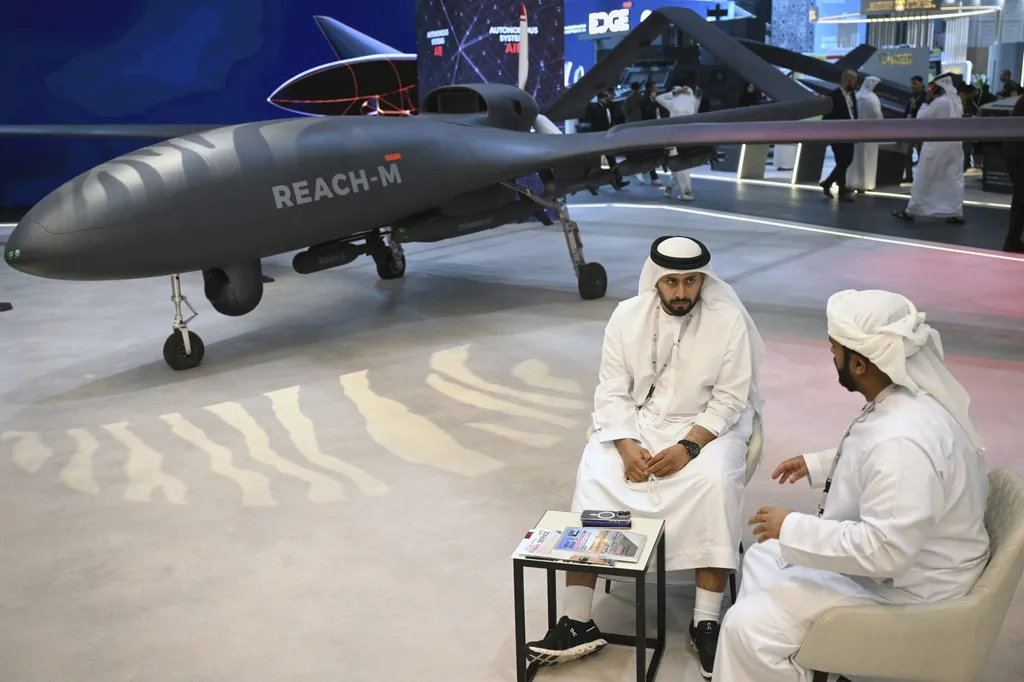The latest issue of Global Defence Technology offers a deep dive into the evolving dynamics of combat air fleets in the Gulf Cooperation Council (GCC) region, where a mix of US and European platforms currently dominate. However, as the defence landscape shifts, new alternatives may soon emerge.
According to GlobalData, the total combat air business area for GCC countries is projected to reach nearly $9.8 billion by 2035, with Saudi Arabia, the UAE, and Qatar leading the market. This substantial investment underscores the strategic importance of air power in the region and the growing demand for advanced combat aircraft.
Despite representing only 8-9% of the global fixed-wing aviation sector, the GCC market presents a unique opportunity for international defence companies. Unlike other regions, the GCC lacks domestic combat air manufacturers, allowing foreign firms to establish a strong foothold without competing against local rivals.
“Whether you are desktop, tablet, or smartphone, you can read the magazine for free online,” the publication notes, emphasizing its accessibility across multiple platforms. Beyond the GCC, the issue explores how autonomy is reshaping development in the Arctic and land domain vehicle design, signaling a broader shift in the battlespace paradigm.
The magazine also provides on-the-ground insights from Ämari Air Base in Estonia, where NATO’s forward air policing presence is led by the Italian Air Force. This firsthand reporting offers a glimpse into the evolving strategies and capabilities of allied forces in Europe.
For those interested in the latest developments across the Army, Naval, Air Force, and broader defence technology sectors, Global Defence Technology remains an indispensable resource. The publication encourages readers to follow its LinkedIn channels and sign up for daily news round-ups to stay ahead in the rapidly changing defence landscape.
As the GCC continues to invest heavily in combat air capabilities, the region’s defence strategy will likely influence global market trends. The absence of indigenous manufacturers means international players will play a pivotal role in shaping the future of GCC air power, potentially driving innovation and collaboration in the years ahead. Meanwhile, the growing emphasis on autonomy and forward air policing highlights the broader strategic shifts unfolding across the warfighting domains.

